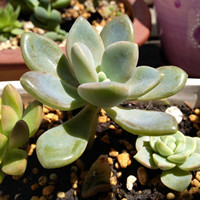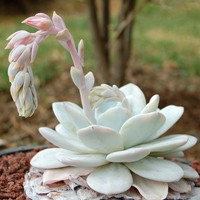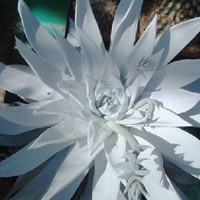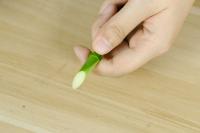How Many Times a Day Should You Water a Plant
Watering plants is an essential task for maintaining their health and growth. However, it can be challenging to know how often to water a plant as it varies based on the plant type, soil type, climate, and many other factors. In this article, we will discuss the general guidelines for watering plants and how many times a day you should water them.
Different Plant Types Have Different Watering Needs
It is crucial to know that different plant types have different watering needs. Some plants require moist soil, while others can tolerate drier conditions. Therefore, it is important to choose plants that are suitable for your environment and to understand their watering needs.
For example, succulent plants, such as cacti, store water in their leaves and stems, so they require less frequent watering. On the other hand, ferns and other tropical plants require more water due to their natural habitat in humid environments.
Factors That Affect How Often You Should Water a Plant
When deciding how often to water a plant, consider the following factors:
Soil type: Sandy soil dries out faster and requires more frequent watering than clay soil.
Climate: Hot and dry climates require more frequent watering than cooler and humid climates.
Plant size: Small plants have smaller root systems and require less water than larger plants.
Season: Plants require less water in the winter than in the summer.
Exposure to sunlight: Plants in direct sunlight require more frequent watering than those in shaded areas.
General Guidelines for Watering Plants
Most plants require soil to be evenly moist but not waterlogged. Overwatering can lead to root rot and other plant diseases, while underwatering can cause drooping leaves and stunted growth. Therefore, it is essential to strike a balance and follow these general guidelines for watering plants:
Water thoroughly but not excessively: Water plants until the soil is evenly moist. Avoid leaving standing water in the saucer or container.
Water less frequently but deeply: Water plants less often but with more water to encourage deeper root growth.
Water in the morning: Water plants in the morning to allow adequate time for the foliage to dry before sunset. Wet foliage at night can promote fungal growth and diseases.
Check the soil moisture: Stick your finger 2-3 inches into the soil around the plant to check for moisture. Water only when the soil feels dry to the touch.
How Many Times a Day Should You Water a Plant?
It is not necessary to water plants every day. In fact, overwatering can harm plants and waste water. The frequency of watering depends on the plant type, soil type, and environmental conditions. Generally, most plants only require watering once or twice a week.
If you are unsure, check the soil moisture level before watering. Stick your finger two to three inches into the soil; if the soil feels moist, it does not need water. If it feels dry, water the plant until the soil is moist but not waterlogged.
Conclusion
Watering plants is a crucial aspect of plant care. It is essential to know the watering needs of your plants and to strike a balance between overwatering and underwatering. Always check your soil moisture level before watering, and water plants thoroughly but not excessively. Remember that the frequency of watering depends on the plant type, environmental conditions, and soil type. If in doubt, consult a gardening expert or a nursery professional to ensure proper plant care.

 how many times do yo...
how many times do yo... how many planted tre...
how many planted tre...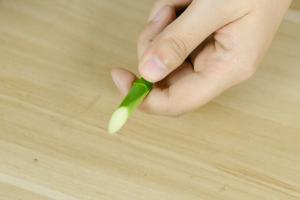 how many pine trees ...
how many pine trees ... how many pecan trees...
how many pecan trees... how many plants comp...
how many plants comp... how many plants can ...
how many plants can ... how many plants and ...
how many plants and ... how many pepper plan...
how many pepper plan...
















